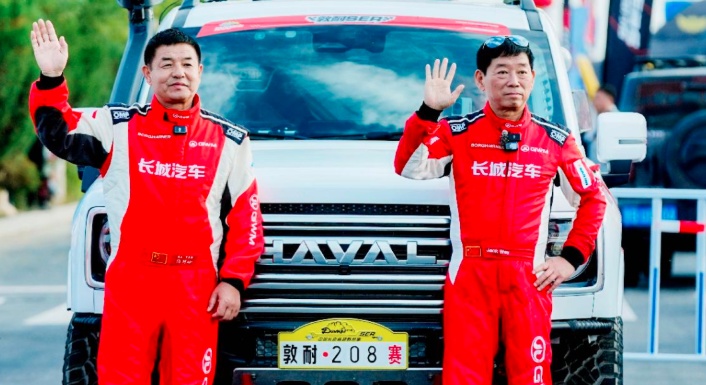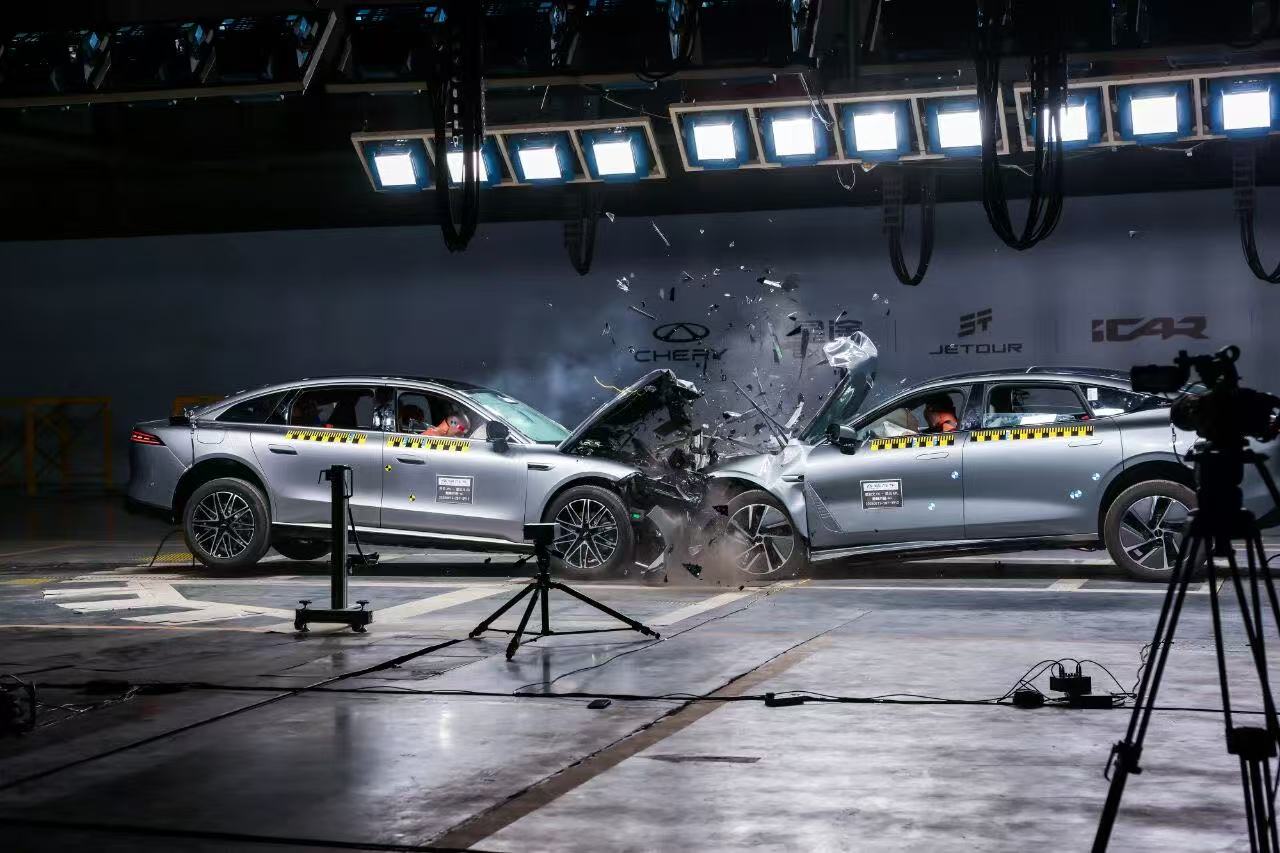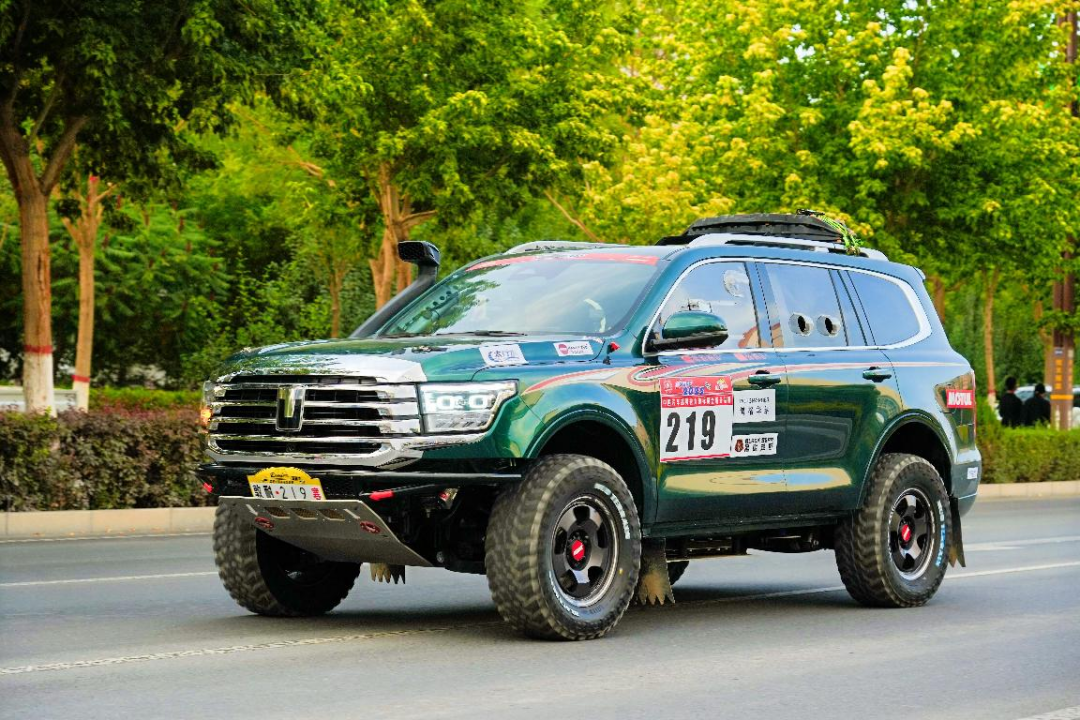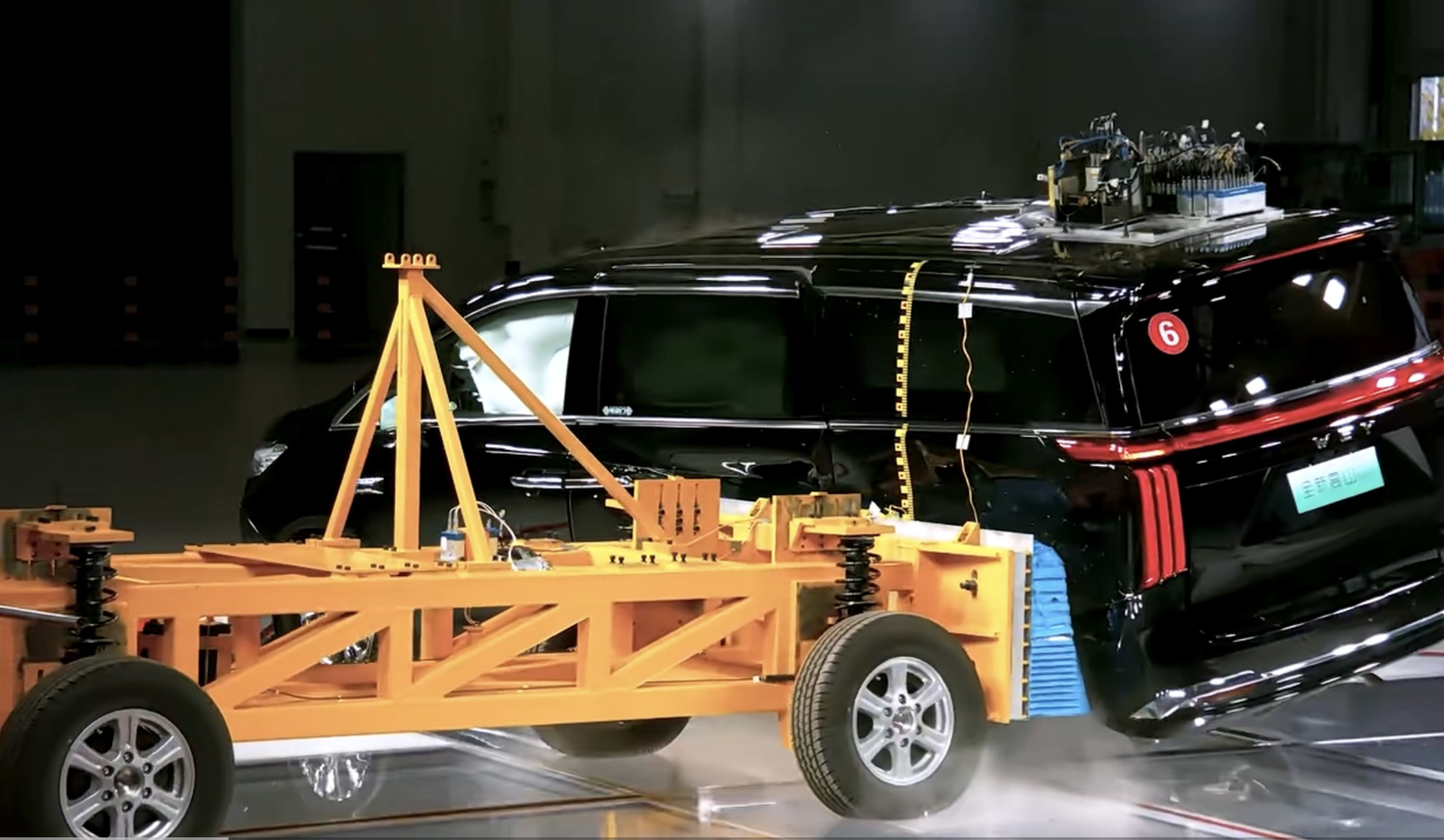Are Automaker Marketing Strategies Becoming More "Real and Intense"?
From "driver Wei Jianjun" driving the Haval H9 diesel version to compete in the Dunhuang endurance race, to the "crash test" at the Li Auto press conference, and to the frequent release of hardcore comparison videos with competitors by major car companies — the marketing methods of the Chinese automotive industry are undergoing a revolution.
Automakers are bidding farewell to the traditional model of relying solely on flashy PPT presentations and celebrity endorsements, and are shifting towards a new phase of practical, hands-on marketing.
The marketing momentum is getting stronger.
The current automotive launch events or marketing activities have evolved into a "feast" of visual and technological integration.
Ideal Auto publicly conducted crash tests at a press conference to showcase vehicle safety performance; multiple new energy brands directly "disassembled" vehicles during live broadcasts to explain internal structures and core technologies; Great Wall Motors released comparison videos of off-road capabilities against competitors, letting facts speak for themselves. These impactful and topical contents are becoming the "new normal" in automotive marketing.
In this wave of marketing transformation, Great Wall Motors has stood out remarkably. As one of the most aggressively reforming traditional automakers, Great Wall has not only strengthened its technological image through videos, live broadcasts, and real-world comparisons, but also recently participated in the 2025 Dunhuang Endurance Race, where Chairman Wei Jianjun personally drove the Haval H9 diesel version to compete, leading teams from the Haval, Tank, and Great Wall Cannon brands to participate in the T2 production category.

The image on the right shows Wei Jianjun, the Chairman of Great Wall Motors. Image source: Great Wall Motors.
Wei Jianjun, in his role as a "driver," ventured into extreme off-road environments, challenging the limits of vehicles across more than 1,000 kilometers of riverbeds, gobi deserts, and dunes. This was not only an ultimate test of product performance but also a brand initiative with profound significance. This approach of having the "boss personally take action" sends a clear message: Great Wall Motors' marketing is replacing empty slogans with concrete actions and substituting false advertising with genuine experiences.
Meanwhile, other car companies are also showing a trend toward authentic marketing. BYD frequently conducts battery safety tests and range comparisons, NIO holds live broadcasts of assisted driving tests lasting several hours, and Geely organizes media and users to test vehicles in extreme environments. These activities all demonstrate a collective transformation in marketing approaches among Chinese automobile brands—from "talking well" to "performing impressively."

Image source: Chery Automobile
Compared to the earlier methods of "looking at specifications," "listening to parameters," and "comparing prices," this type of communication places greater emphasis on visual impact, authenticity, and "evidence." At least in the videos seen, the car is truly "running/crashing" in extreme conditions, not just empty talk.
This also makes marketing momentum not just a matter of promotional budget, but a comprehensive battle involving technology, organization, scenarios, and even the involvement of senior executives themselves.
Why so "hardworking"?
The shift in marketing strategies by car companies is not accidental but rather a necessary outcome of changes in the competitive market environment. As the automotive industry enters a critical period of electrification and intelligent transformation, the effectiveness of traditional marketing methods is gradually diminishing. The reasons for this are:
First, the changes in the communication environment. Modern media platforms make content such as short videos, live streaming, real-world testing, and collision tests highly influential. Consumers' attention has become increasingly fragmented, and they have become "immune" to dull data and parameters. However, the intense visual and psychological impact brought by genuine scenarios, real conflicts, and extreme tests can ignite discussion and attention in a short time. If automakers do not participate in this kind of "competition," they may be marginalized in the torrent of public opinion.
At the same time, the consumer base is noticeably getting younger. Groups such as the "Generation Z" and "digital natives" are more focused on experiences. If promotional content only talks about specifications and cost-effectiveness without relating to their daily lives, ideals, or usage scenarios, it is difficult to resonate with them.
Authoritative media such as People's Daily have reported that the automotive consumer demographic is becoming increasingly younger, their demands are becoming more personalized, and their consumption psychology is more oriented towards emotions and experiences.
Second, it demonstrates technical strength. In the automotive industry, product quality, technical capability, and safety performance are core concerns for users, as well as key factors for industry regulation and competition.
For automobile manufacturers, participating in races, real-world testing in extreme environments, and conducting crash tests are not only marketing strategies but also substantial technical evaluations and product verifications. In the long run, the results from these "real-world" experiences can contribute to product improvements and enhancements.

Image source: Great Wall Motors
Using the Great Wall as an example, its expressions of "promoting research through competitions" and "testing cars through competitions" are not just slogans. Participating in events like the Taklimakan Rally and Dunhuang Rally, and choosing the mass production category (meaning that core components cannot be arbitrarily modified) signifies that the automaker is facing real environments, real loads, and real durability tests. If they perform excellently, it substantially boosts external credibility and user trust.
The personal appearance or involvement of executives and founders is also a symbol of the management's commitment to product quality and brand value. The presence of such "endorsement by the leader" can enhance the confidence of the public, media, and shareholders in the brand's technology and product strength.
Thirdly, there is the pressure of marketing innovation and differentiation competition. The landscape of the Chinese automotive industry is rapidly changing: the overlapping trends of new energy, new forces, intelligence, and the SUV/off-road craze have made the competition among car companies extremely fierce. In many niche markets, product differences are narrowing, and price and basic performance have become basic thresholds. To stand out, relying solely on traditional advertising and pricing strategies is no longer sufficient.
Therefore, differentiation, storytelling, and scenario-based marketing have become new breakthrough points. For instance, Li Xiang rapidly sparked public discussion through highly contrasting and controversial content like the "collision video with heavy trucks," while Great Wall reinforced its off-road image and user trust by combining "the chairman personally participating in competitions" with "off-road, racing, and mass-produced cars." These are all tactics to capture users' minds and market positions.
4. Repositioning of brand identity and market opportunities. Different automakers are adjusting their brand positioning, especially in the SUV, off-road, and high-performance segments.
Using the Great Wall as an example, off-road capability has always been one of its core strengths. Currently, off-road and rugged SUVs are favored by some consumers in the market. Under this trend, real environment verification through off-road events can establish off-road performance, stability, and reliability as brand labels, thereby exploring new high-end markets and niche consumer groups. Great Wall's participation in the Dunhuang endurance race is not only a demonstration of off-road capability but also a reinforcement of the brand's spirit of "challenging limits and reliable technology."

Image source: Great Wall Motor
This shift in marketing is also closely related to the Chinese automotive market entering a stage of stock competition. With the increase in vehicle ownership, the growth of the first-time car purchase market is sluggish, and the demand for replacement, upgrade, and renewal has become the driving force.
For consumers, it is increasingly important to buy "better" cars, "more reliable" brands, and products that offer "experiential value and emotional resonance." If automotive companies can showcase genuine hard capabilities and authentic experiences in their marketing, they will be better positioned to meet this upgraded demand.
From "driver Wei Jianjun" to "crashing at press conferences," from technical live broadcasts to extreme tests, car companies are using increasingly "serious" and "genuine" methods to prove the strength of their products and the sincerity of their brands to consumers.
However, if it is merely used as a marketing "gimmick" without corresponding product strength as support, then it will be difficult for the car company to go far.
【Copyright and Disclaimer】The above information is collected and organized by PlastMatch. The copyright belongs to the original author. This article is reprinted for the purpose of providing more information, and it does not imply that PlastMatch endorses the views expressed in the article or guarantees its accuracy. If there are any errors in the source attribution or if your legitimate rights have been infringed, please contact us, and we will promptly correct or remove the content. If other media, websites, or individuals use the aforementioned content, they must clearly indicate the original source and origin of the work and assume legal responsibility on their own.
Most Popular
-

List Released! Mexico Announces 50% Tariff On 1,371 China Product Categories
-

EU Changes ELV Regulation Again: Recycled Plastic Content Dispute and Exclusion of Bio-Based Plastics
-

Mexico officially imposes tariffs on 1,400 chinese products, with rates up to 50%
-

Clariant Unveils Cost-Cutting Plan Details, Plans to Shut Down Multiple Plants
-

Nissan Cuts Production of New Leaf EV in Half Due to Battery Shortage






